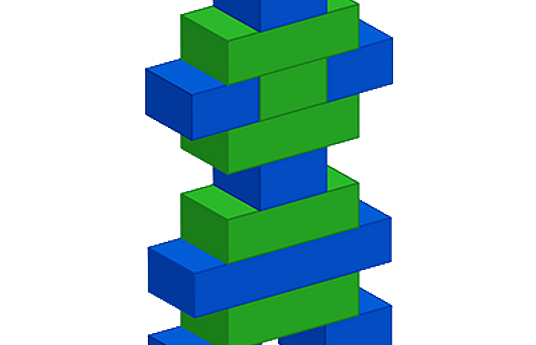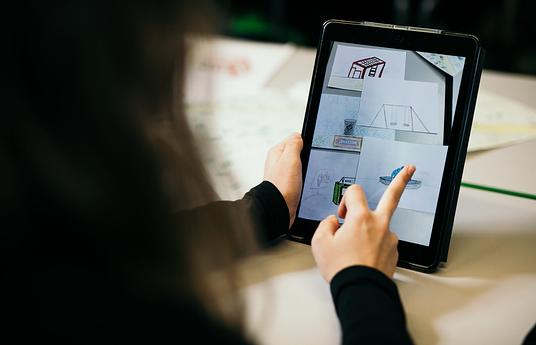As technology goes forward the world opens up. At the same time we can see an enhancement in appreciation for local communities and cultures where our roots are based.
Rural schools are very local in a sense and the school has an important role in creating and maintaining relationships and a feeling of community between the different generations of habitants.
World citizenship comes naturally when based on the foundation of local identity as this helps children face change. Schools have to bring up citizens that have the required skills to act in our changing world. Digitalization can offer different kinds of viewpoints and opportunities to develop these skills. The required skills are universal: proactivity, innovativeness, life-long learning, communication skills and collaboration skills.
Introducing digitalization into schools can be difficult when starting from scratch. In this innovation, we show you different ways to start small and fast so that you can build the process along the way. The following experiences come from the digitalization of a school in Kautiala, Finland. The Kautiala school wanted to emphasize a pedagogical approach while implementing new technology as well as maintain a feeling of control over the change.
In this innovation, digital and traditional methods complement each other. Traditional methods that have proven themselves useful have not been abandoned, but instead developed to suit the digital world. These new ways of working become a routine to students through experimentation and repetition.
By taking advantage of collaborative learning methods, the new working methods are easy to transfer from one student to another and one class to the next. Digitalization has helped the school of Kautiala to diversify, modernize and individualize teaching, and bring it into new physical and digital learning environments.



